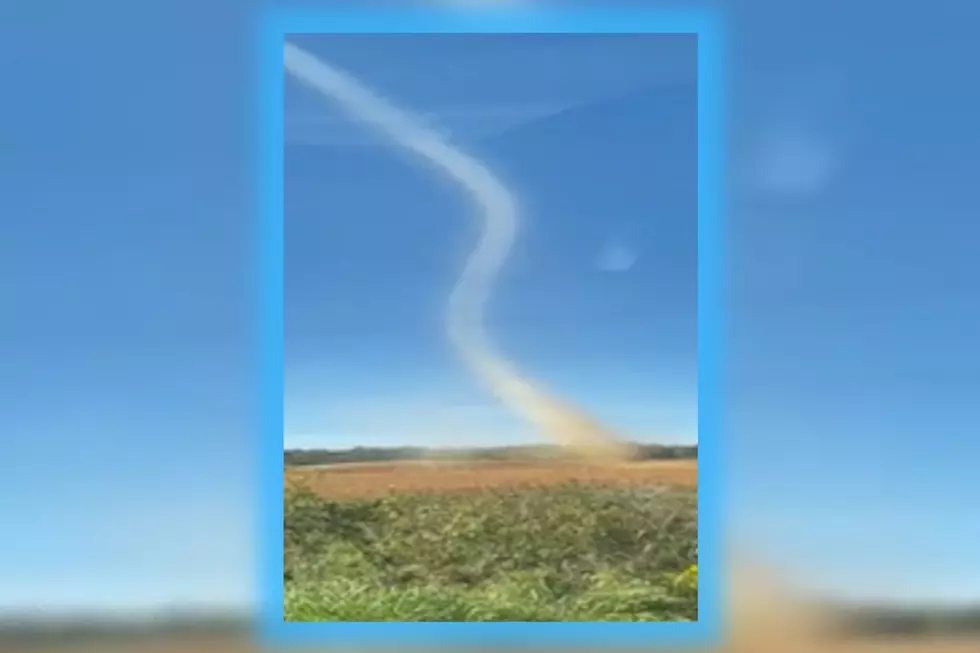
Magnificent Dust Devil in Central Kentucky Captured on Video
I love to travel, but unlike many of my friends, I'm a road warrior. I LOVE to drive. You just get to see more of the country that way. Obviously, if I was going overseas, I would need an airplane. But yes, I much prefer road trips.
DUST DEVILS -- VACATION FRINGE BENEFITS
As a kid, I would press my nose against the window and take in everything I could on our many vacations; we never missed a year. And as you travel out west, as we did so often, you see a lot of dust devils whip up...and big ones, too.
Let's put it this way...a dust devil is to a tornado what a house cat is to a lion. I've seen plenty of them, but they're usually not very big. At least, I've never seen one more than, say, 10 feet tall, and I consider THAT height pretty sizeable. But they CAN be monstrous, actually.
SOME DUST DEVILS, HOWEVER, OFFER NO BENEFITS WHATSOEVER
WHAT ARE DUST DEVILS AND HOW DO THEY FORM?
I went to the experts at the National Weather Service for an official definition, and what I learned is that dust devils usually ARE pretty big (I clearly haven't seen enough of them):
Dust-filled vortices, created by strong surface heating, are generally smaller and less intense than a tornado. Typical diameters of dust devils range from 10 to 300 feet, with an average height of approximately 500 to 1000 feet.
It think the following explanation fleshes out why they're so much bigger in the western United States:
Dust devils form in areas of strong surface heating, usually at the interface between different surface types, such as asphalt and dirt, or even irrigated fields and dirt roads. Typically, they occur under clear skies and light winds, when the ground can warm the air to temperatures well above the temperatures just above the ground.
BIG, BEAUTIFUL DUST DEVIL IN KENTUCKY
So I was surprised to see one so large in Elizabethtown. And let me say that if this is common in central Kentucky, I apologize for the consternation. But, listen, this is a BIG dust devil. And it's actually quite beautiful, too.
I have to say that would be a little startling if I was driving down the road. Naturally, I'd pull over and get a video like Jacob Wagner did. Very impressive.
I don't think a dust devil is going to attract a storm chaser anytime soon, but they are fascinating. And I don't imagine they WOULD be easy to track like a tornado. But if there was a way, I would engage.
Average Temperatures Indiana and Kentucky 1895-2021
See Incredible Photos from Inside Kentucky's Mammoth Cave
LOOK: The most expensive weather and climate disasters in recent decades
More From WKDQ-FM

![Nashville Artist Heads to Sandy Lee Watkins Songwriters Festival [Audio]](http://townsquare.media/site/71/files/2024/07/attachment-GettyImages-1126553953.jpg?w=980&q=75)







